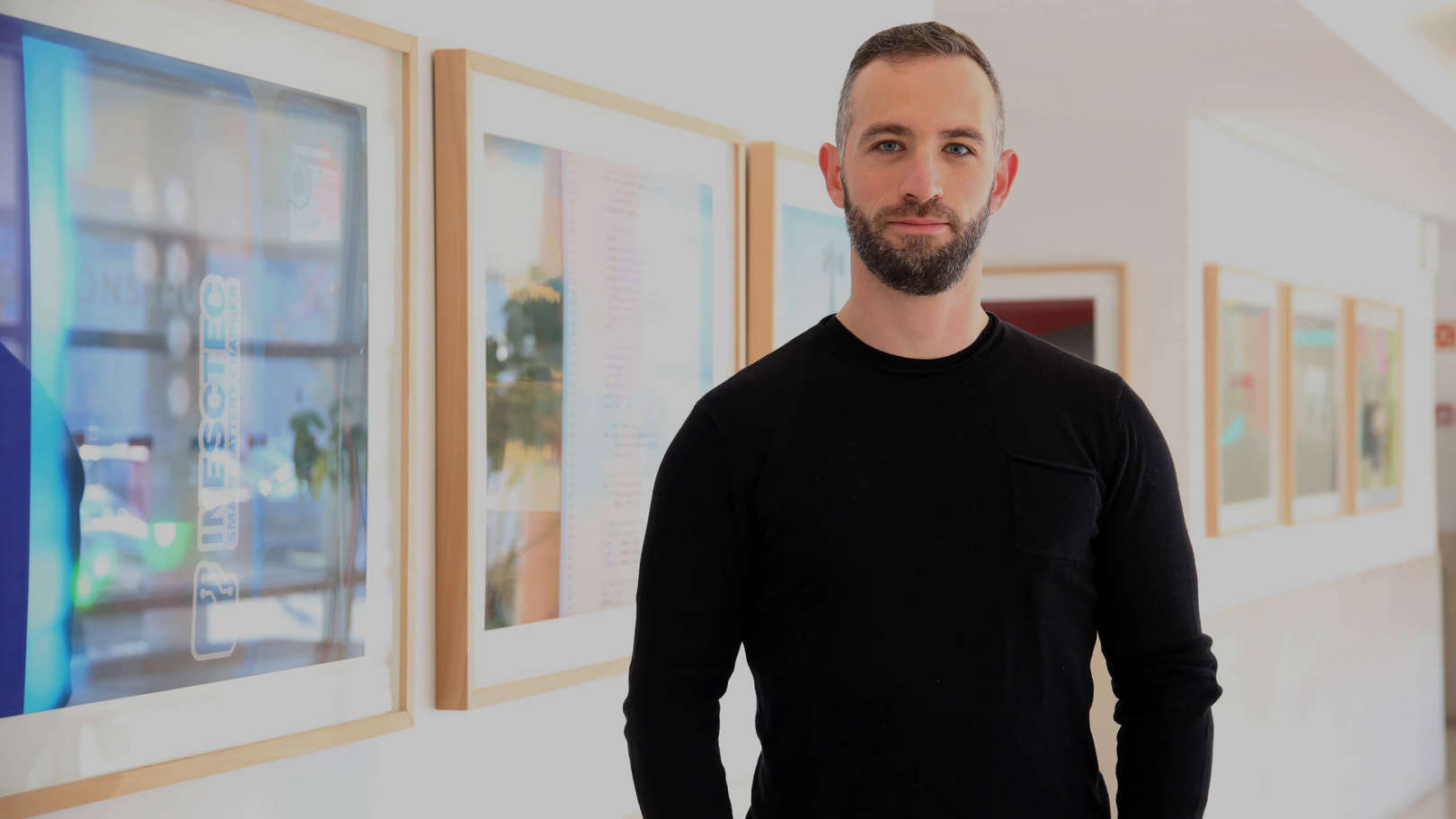About
I am a Senior Researcher at the center for Robotics and Autonomous Systems at INESC TEC. I graduated in Electrical and Computer Engineering from the Faculty of Engineering of the University of Porto, first with a MSc degree in 2009 and with a PhD degree in 2014. Since 2009, I have been working on Surface and Underwater Robotics, researching on Control, Guidance, Localization and Coordination of marine robots.
My activities have been developed in the context of several national and international projects, among which the following are highlighted: Lajeado (development of an AUV for dam inspection); FP7 ICARUS (Integrated Components for Assisted Rescue and Unmanned Search operations); and FLEXUS (Flexible Unmanned Surface vehicles for the Internet of moving things), funded by H2020 RAWFIE project.
I am also involved in the development of several robotic systems and at the origin of several prototypes such as the autonomous surface vehicle FLEXUS and the autonomous underwater vehicle SHAD.


